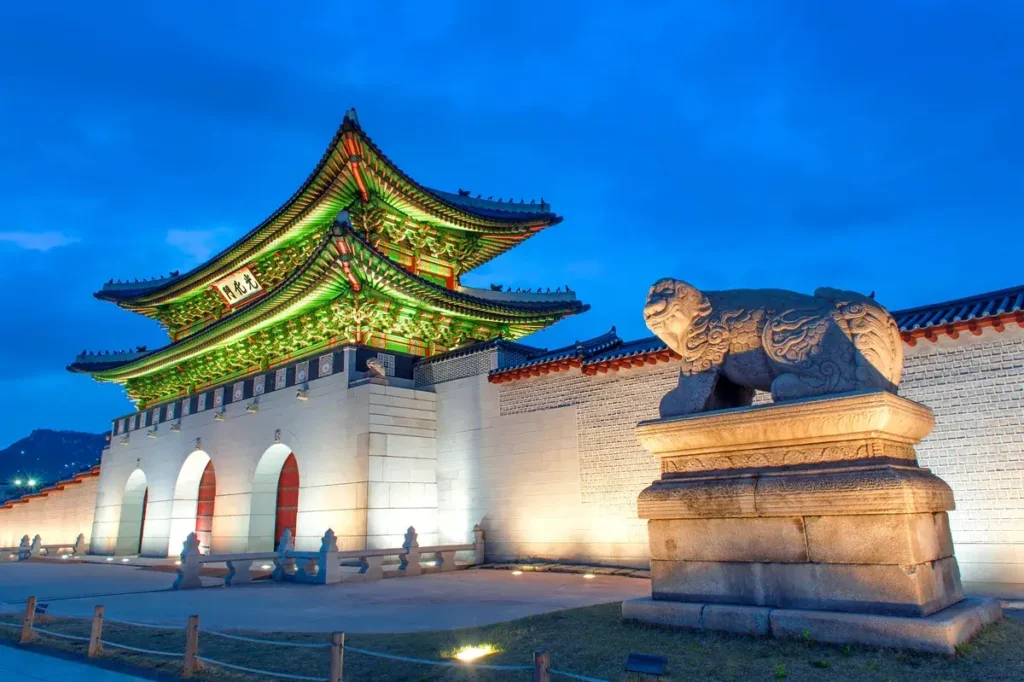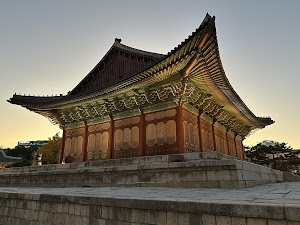A Jewel of Korean History
Gyeongbokgung Palace, also known as Gyeongbok Palace, is the largest and most magnificent of the Five Grand Palaces built during the Joseon Dynasty in Korea. Located in the heart of Seoul, it stands as a symbol of the nation’s rich history and cultural heritage.
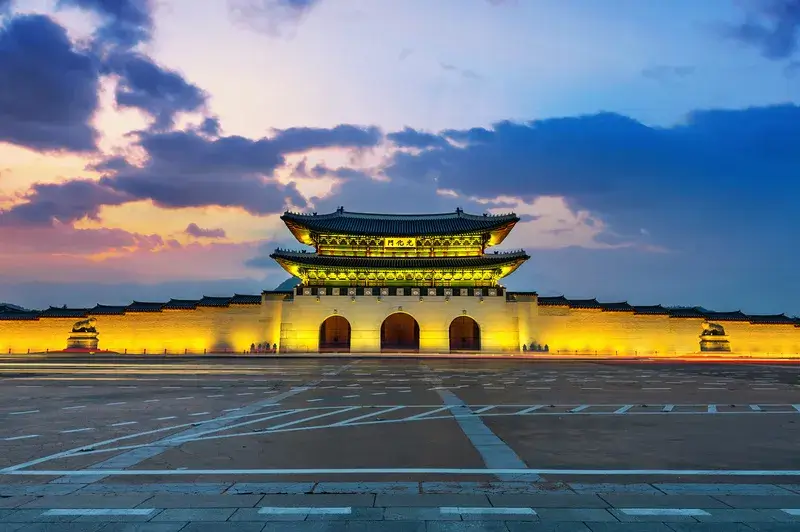
A Royal Residence and Symbol of Power
Founding and Significance:
- Gyeongbokgung was first constructed in 1395, serving as the main royal palace for the Joseon Dynasty.
- It represents the sovereignty and authority of the Joseon kings, making it a crucial historical landmark.
Architectural Grandeur:
- The palace boasts stunning traditional Korean architecture, showcasing intricate details and vibrant colors.
- Key structures include Geunjeongjeon (Throne Hall), Gyeonghoeru Pavilion, and Hyangwonjeong Pavilion, each with its own unique beauty and historical significance.
Historical Ups and Downs:
- Gyeongbokgung has endured periods of destruction and restoration throughout its history.
- It was burned down during the Japanese invasions of the 16th century and later rebuilt in the 19th century.
- Also during the Japanese occupation in the 20th century, the Palace was once again dismantled, and then later restored again.
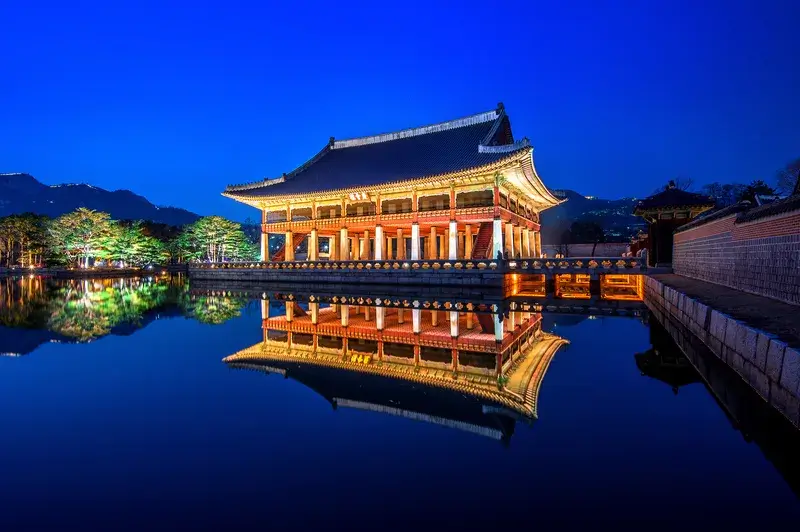
Visiting Gyeongbokgung Today
Cultural Experience:
- Visitors can immerse themselves in Korean history and culture by exploring the palace grounds.
- Traditional guard changing ceremonies and other cultural events are often held, providing a glimpse into the past.
Scenic Beauty:
- The palace’s gardens and surrounding landscapes offer breathtaking views, especially during the spring and autumn seasons.
- The Palace grounds are very large, and offer many photo opportunities.
Accessibility:
- Gyeongbokgung is easily accessible by public transportation, making it a must-visit destination for tourists.
- Many people visiting the Palace rent traditional Korean clothing called Hanbok, and take pictures in the palace grounds.
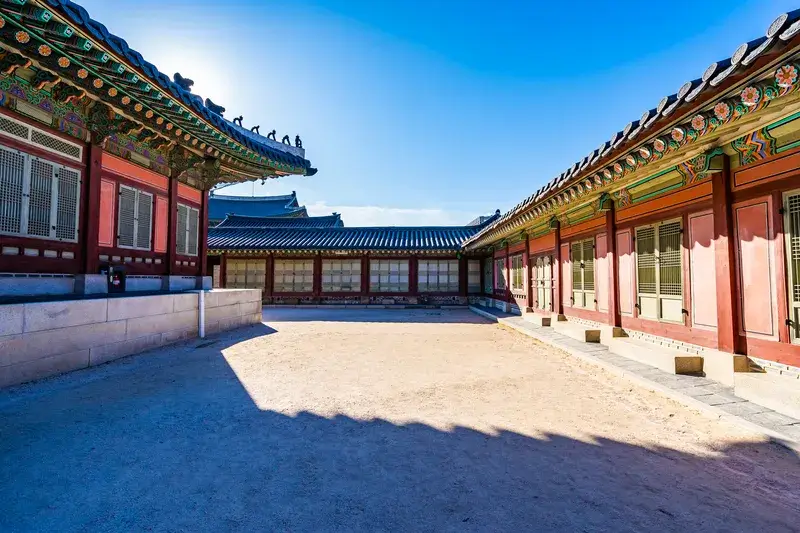
Gyeongbokgung Palace is a testament to Korea’s enduring legacy, inviting visitors to step back in time and appreciate the beauty and grandeur of its royal past.
